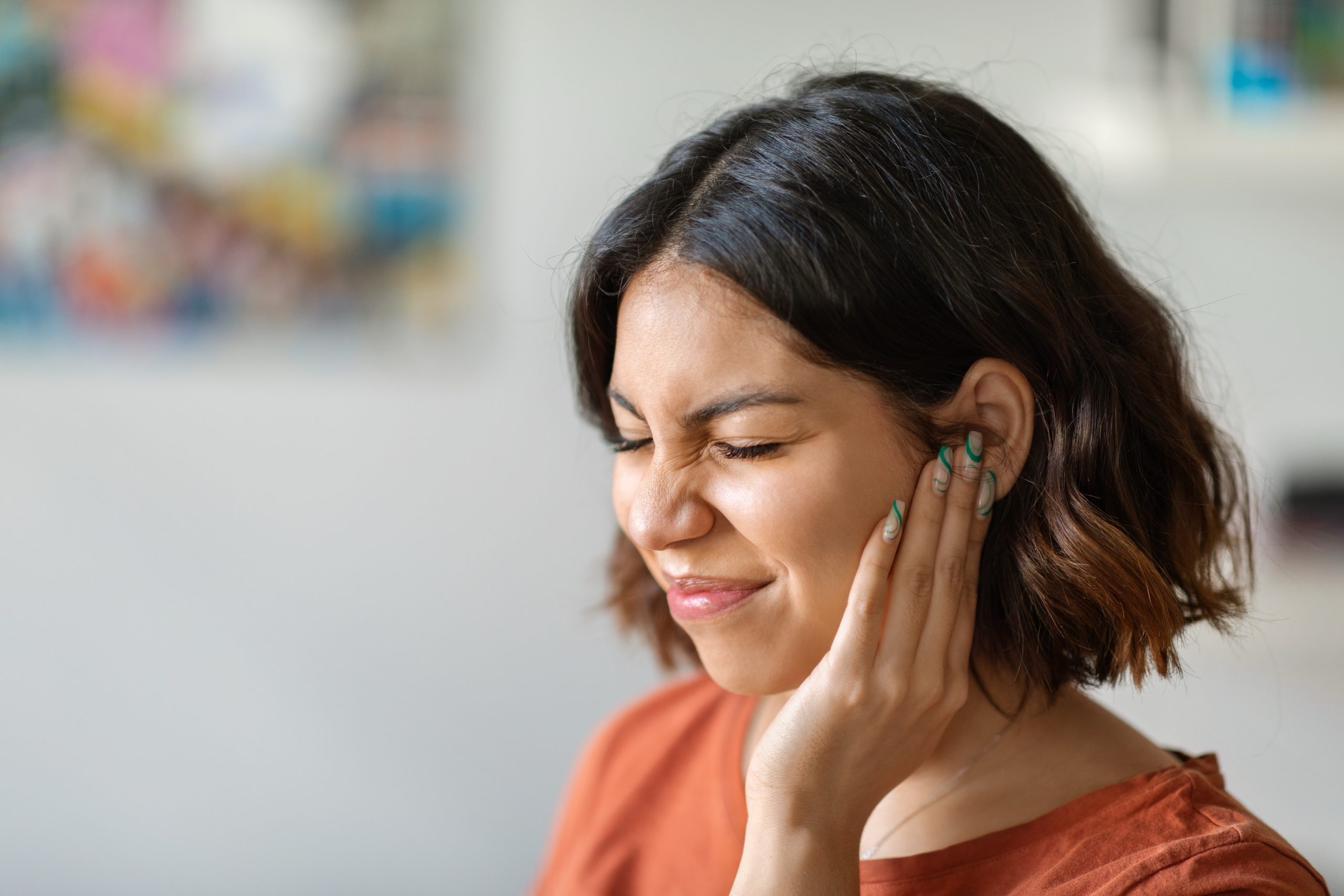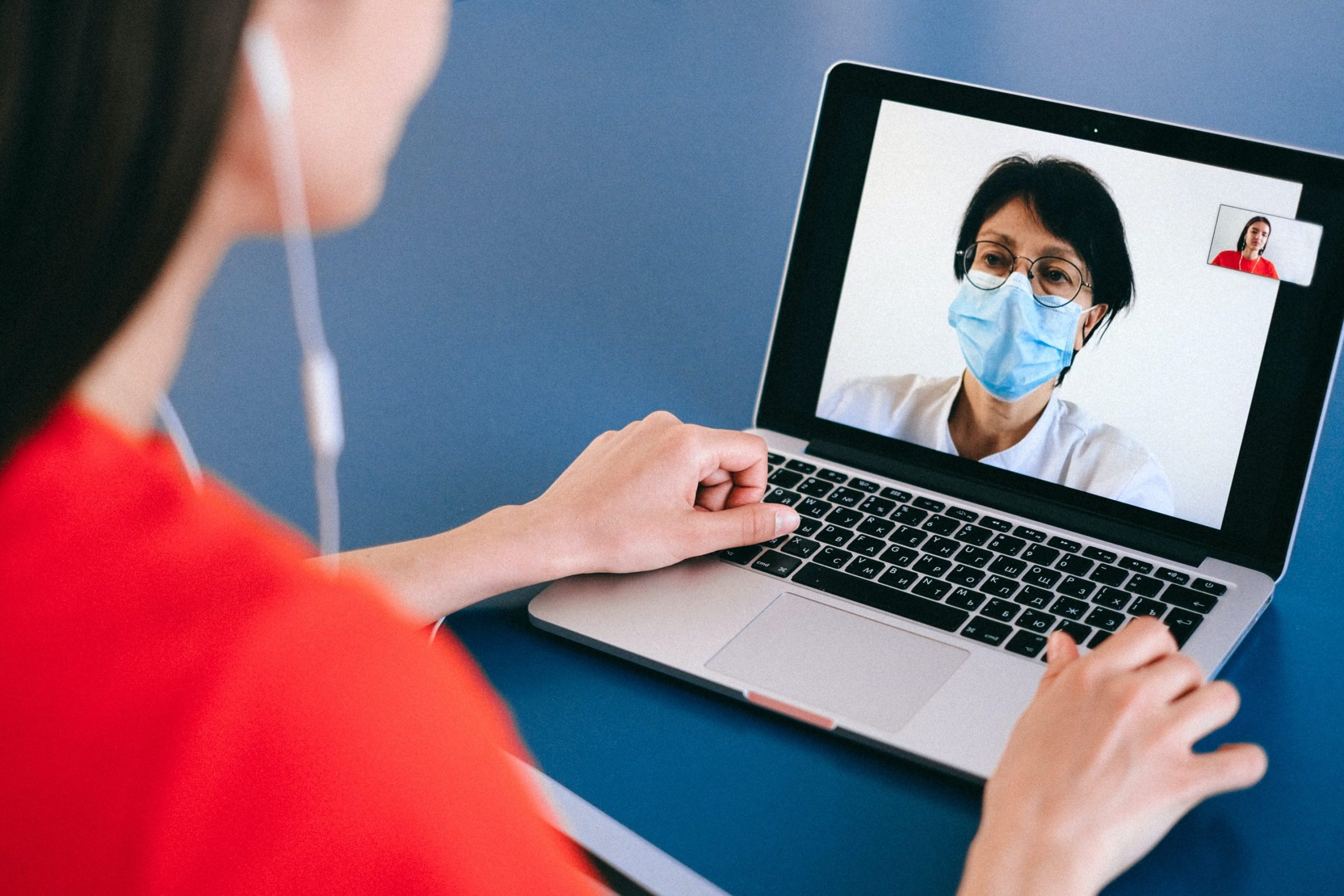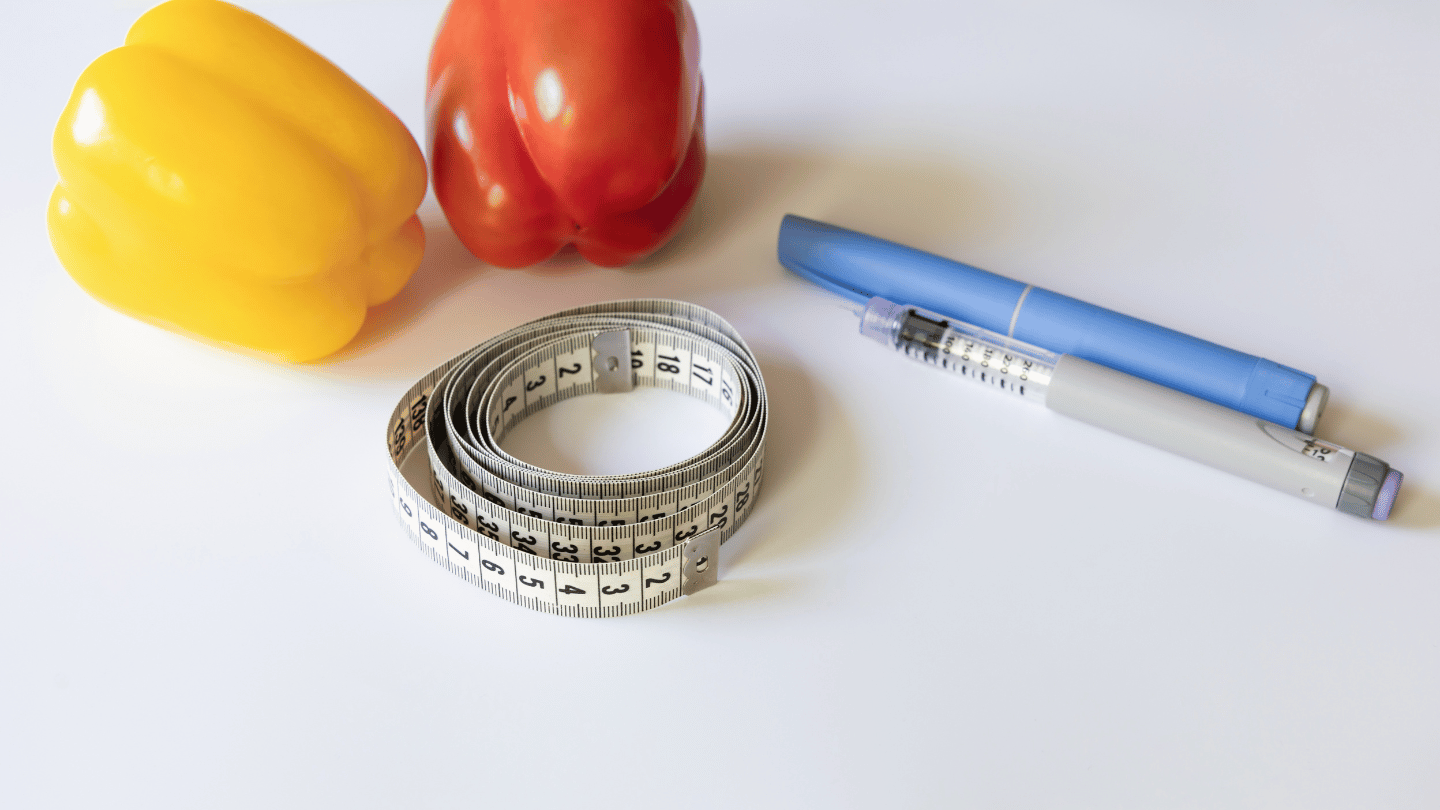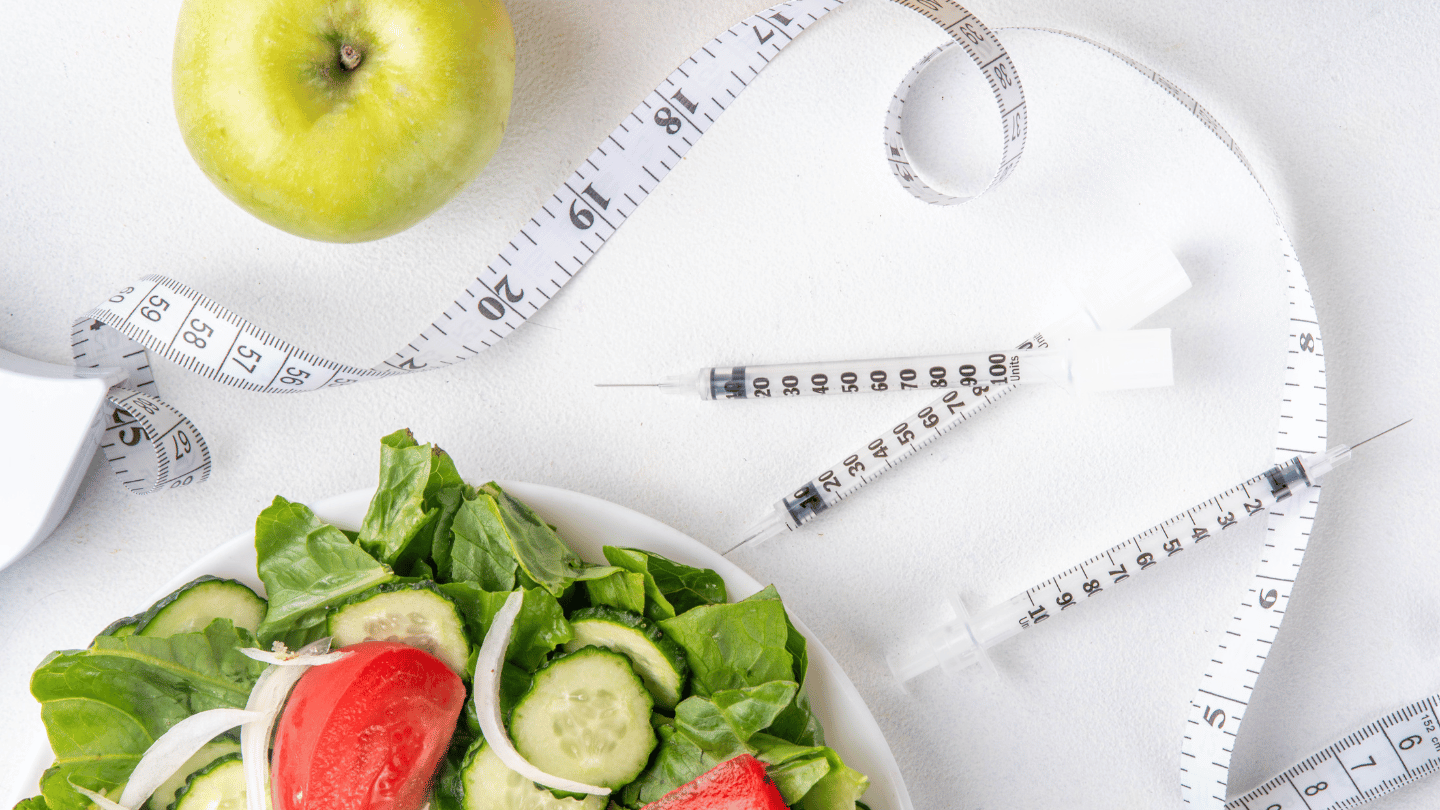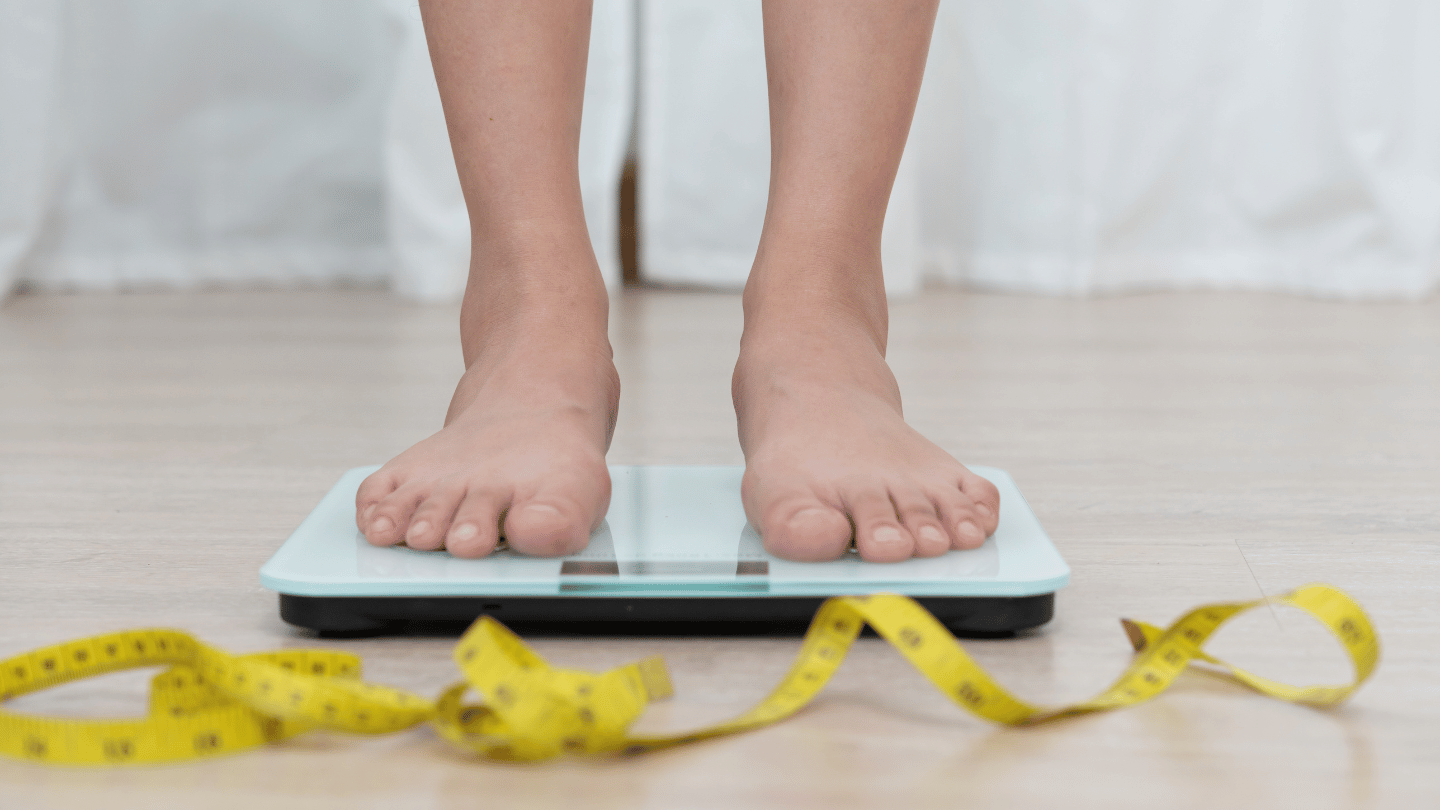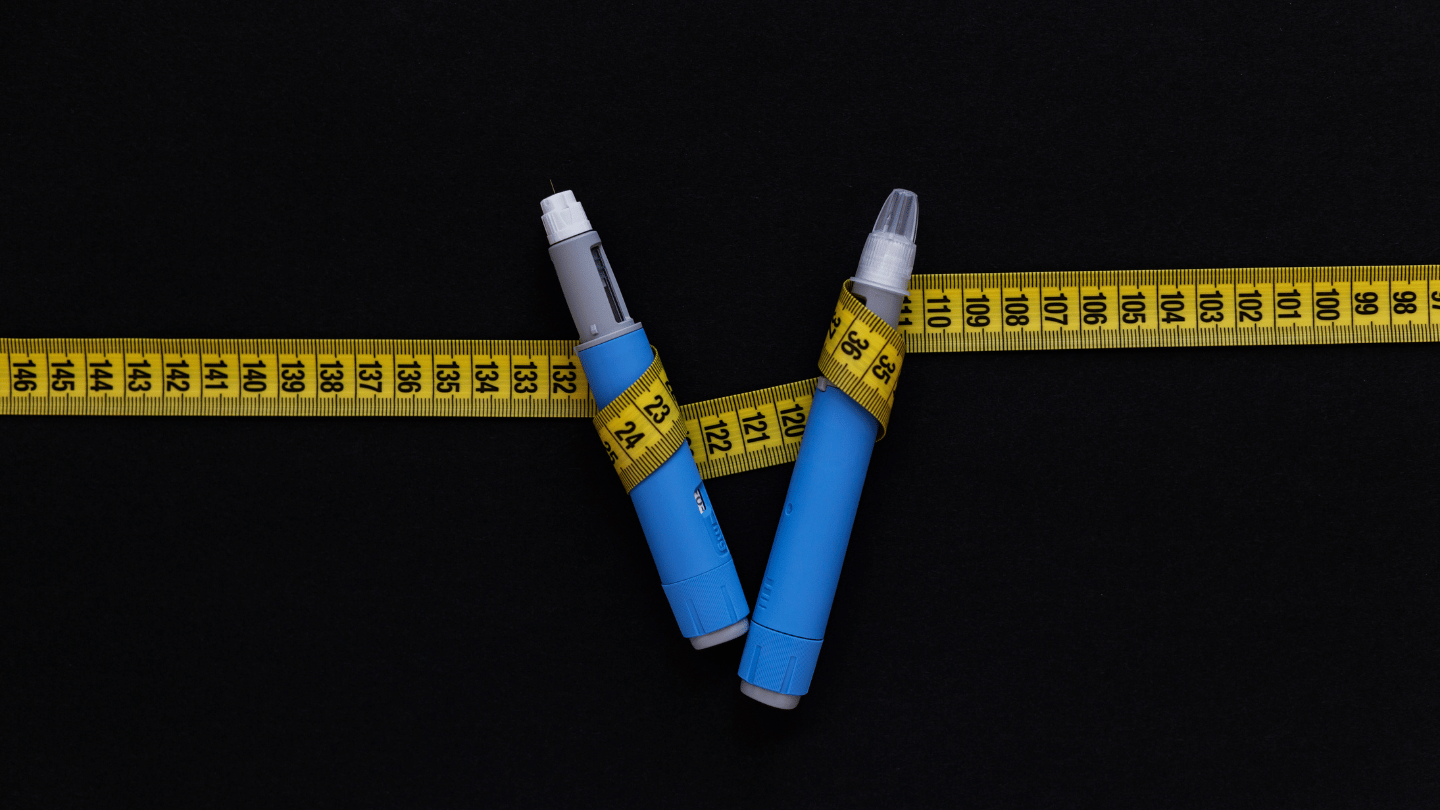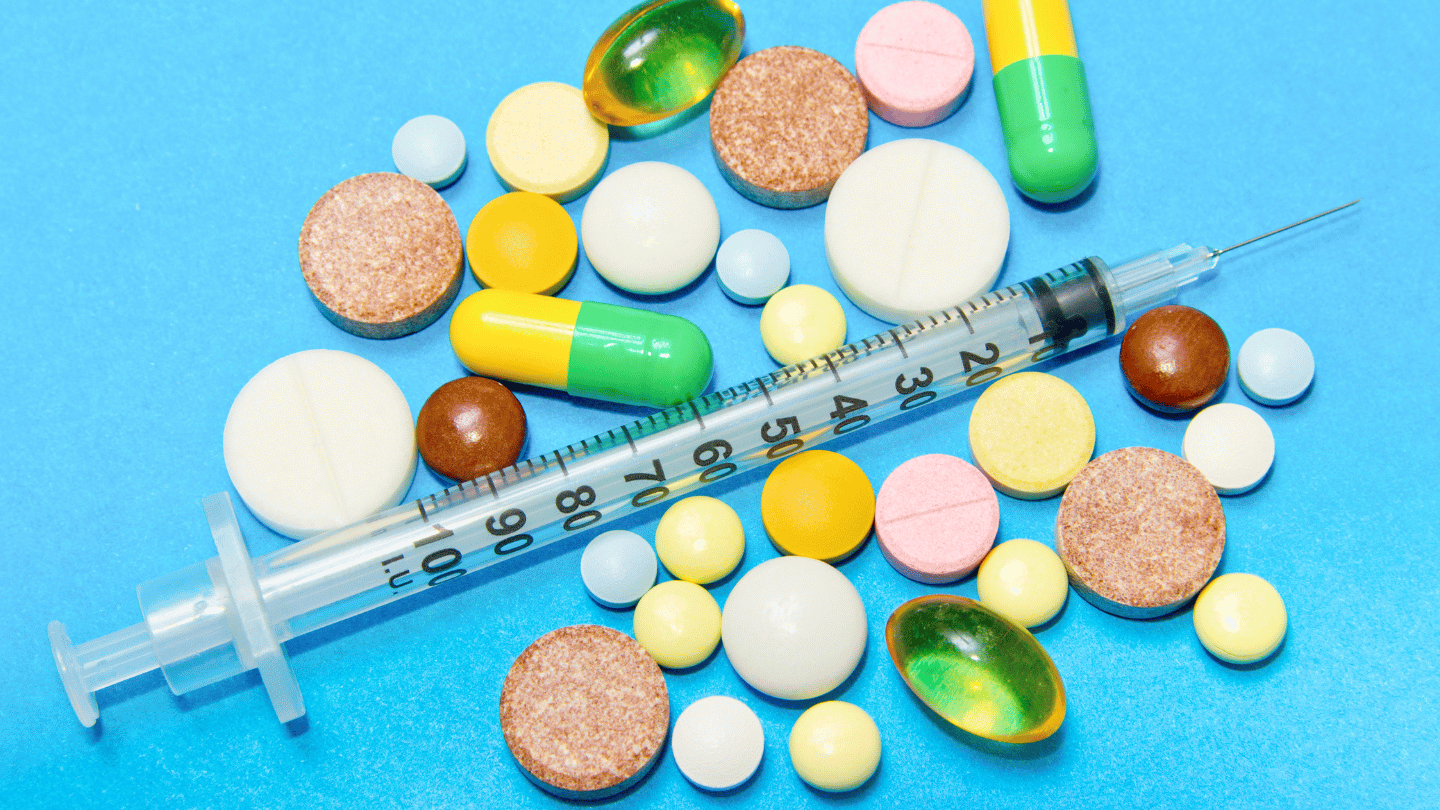About 15% of diabetic patients can expect to be troubled by diabetic ulcers, which are open wounds that usually appear on the bottoms of the feet or other areas of the foot and ankle that are prone to pressure. These ulcers often start as small, red sores that may not be painful at first.
However, if left untreated, they can grow larger, become infected, and cause severe pain.
Why Do Diabetic Ulcers Occur?
Blood circulation tends to be poor in diabetic patients because high levels of sugar damage blood vessels and nerve cells, so patients are not always aware of small injuries or problems such as having, say, a pebble in one’s shoe.
This can lead to inflammation and eventually to open sores, which can become infected and spread infection as far inward as the bone. Diabetic foot ulcers are the leading cause of foot amputation in the United States.
How Can You Prevent Diabetic Ulcers?
- Control Blood Sugar Levels: Maintain an HbA1c level under 7.0 or as your physician recommends. HbA1c is a measure of your average blood sugar levels over the past three months. Keeping it under control is crucial in preventing complications such as diabetic ulcers.
- Manage Weight: Keep your weight under control to reduce pressure on your feet.
- Wear Proper Footwear: Always wear well-fitting shoes, including slippers at home. Avoid pantyhose, high heels, or flip-flops.
- Inspect your feet daily. Look for cuts, cracks, blisters, or redness, and report any abnormalities to your physician without delay.
- Proper Toenail Care: Trim toenails straight across or trim them by a podiatrist.
- Avoid Smoking and Alcohol: These can impair circulation and healing.
- Maintain Cholesterol Levels: Keep cholesterol within normal limits.
- Foot Hygiene: Wash your feet at least once a day, dry them carefully, and use a moisturizer.
How Do You Treat Diabetic Ulcers?
- Early Diagnosis and Treatment: This is not just crucial, it’s your power to effective management. By detecting and addressing diabetic ulcers early, you can take control of your health and prevent complications.
- Good Blood Sugar Control: This is not just essential, it’s your shield against infection. By maintaining your blood sugar within the recommended range, you can significantly reduce the risk of infection in diabetic ulcers.
- Debridement: Removal of dead tissue by an expert or under guidance.
- Proper Dressings: Use dressings that create a clean, moist environment, allowing tissues to drain while healing.
- Antibiotics: Sometimes prescribed to prevent or treat infections.
- Offloading: A cast or special footwear to take pressure off the wound while it heals.
- Regular Check-Ups: These are mandatory to ensure the wound is healing as expected and to detect any signs of infection or other complications early. Your healthcare provider will schedule these check-ups based on the severity of your ulcer and your overall health.
Get Professional Advice with QuickMD
For personalized medical advice and treatment for diabetic ulcers, QuickMD’s telemedicine urgent care services are here to help. Our experienced providers can assess your condition, provide treatment recommendations, and monitor your progress remotely.
Consult with a QuickMD provider today to manage your condition effectively and prevent complications.
Worried about diabetic ulcers? Visit QuickMD today to schedule your telemedicine appointment and get expert guidance on prevention and treatment to keep your feet healthy.


